Step 1: Check the Label for Cleaning Instructions
Before you begin cleaning your microsuede couch, the first step is always to check the label or manufacturer’s instructions. Microsuede, a synthetic fabric, may have different cleaning requirements compared to natural suede. The label usually provides essential guidance on what cleaning methods are safe to use. how to clean Microsuede Couch
Look for one of these symbols on your couch’s label:
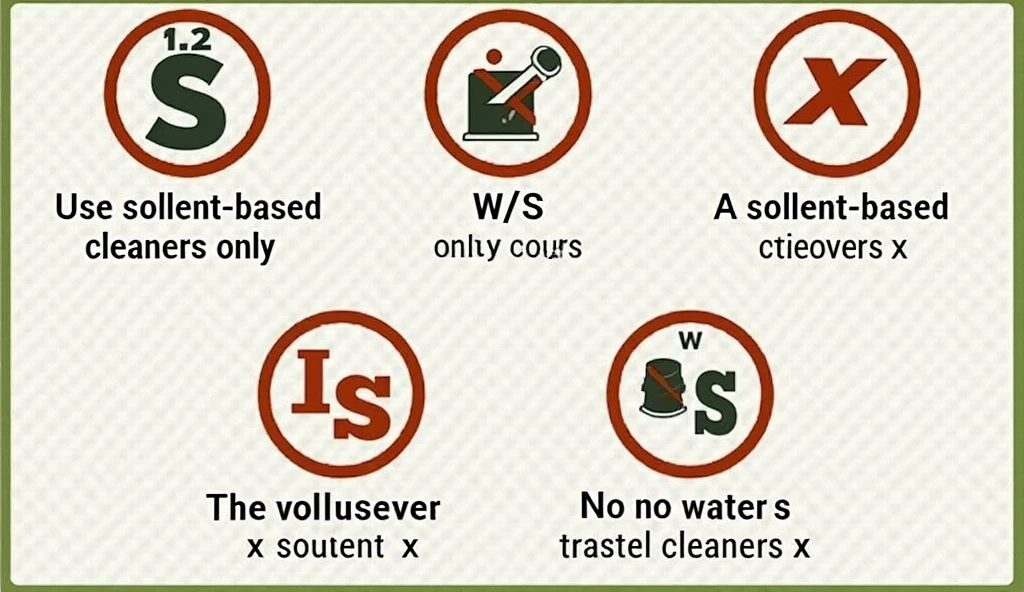
- S – Use solvent-based cleaners only
- W – Use water-based cleaners only
- W/S – You can use either water or solvent-based cleaners
- X – Do not use water or solvent-based cleaners, only vacuum
By understanding these symbols, you can ensure you’re using the correct cleaning method for your microsuede sofa, preventing potential damage and preserving the fabric’s quality.
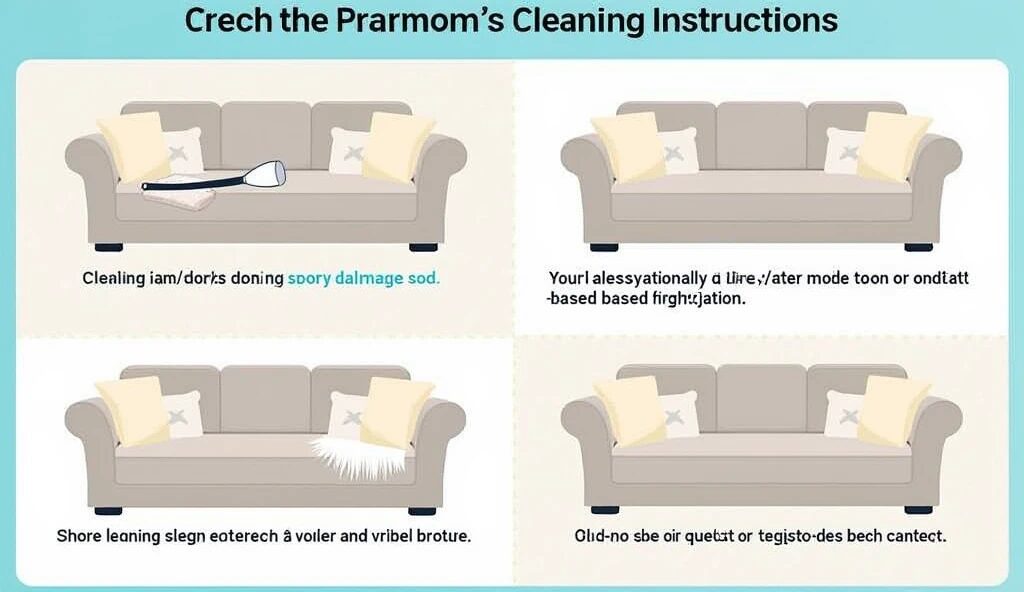
Step 2: Vacuum and Remove Loose Dirt
The next step in cleaning your microsuede couch is to vacuum it thoroughly to remove loose dirt, dust, and crumbs. Using the upholstery attachment on your vacuum cleaner, gently go over the entire surface, including between the cushions. Microsuede has tightly woven fibers, and this step will prevent any debris from getting trapped deeper into the fabric, which can cause staining or wear over time.
Regular vacuuming is a great habit to maintain, as it reduces the buildup of dirt that can affect the look and feel of your microsuede couch. If you have pets, vacuuming more frequently will help reduce hair buildup, which can be difficult to remove otherwise.
By removing all the surface dirt before you start cleaning, you ensure that your next steps will be more effective and will keep your microsuede sofa looking fresh.

Step 3: Use Water or Solvent (Based on the Label)
Once your microsuede couch is free of loose dirt, it’s time to decide on the appropriate cleaning method based on the label instructions. If your couch is labeled with a W or W/S, it’s safe to use water-based cleaners. For stubborn stains, lightly spray the stained areas with warm water and gently dab them with a soft cloth. Be careful not to oversaturate the fabric.
For couches with an S label, you should use a solvent-based cleaner instead of water. Solvents are great at breaking down oils and stains that water alone can’t remove. Apply the solvent to a clean cloth and gently blot the stained area. Avoid rubbing, as this could damage the fabric.
Always test any cleaner on a hidden area of the couch before applying it to the entire surface to ensure that it doesn’t cause any discoloration or damage.

Step 4: Dry the Fabric Properly
After cleaning your microsuede couch, it’s important to allow it to dry properly. Microsuede is a synthetic fabric, so drying it too quickly or improperly can result in shrinkage or damage. Avoid direct heat sources like hairdryers or space heaters. Instead, let the fabric air dry at room temperature.
To speed up the drying process, you can use a fan to circulate air over the couch. If your couch is only lightly damp, you can gently blot it with a dry cloth to absorb excess moisture. Allow your couch to dry completely before sitting on it or using it again to avoid leaving water spots.
Step 5: Fluff the Fabric
Once your microsuede sofa is dry, it’s time to restore its plush, soft feel. Use a soft-bristled brush to gently fluff up the fibers. This step helps to lift the fabric and maintain the luxurious texture of the microsuede.
If you don’t have a brush, you can also use a vacuum with an upholstery attachment to lightly go over the surface and fluff up the fibers. Fluffing is essential to ensure that the fabric retains its smooth, velvety finish and that it looks as good as new.
By regularly fluffing your microsuede couch, you’ll keep it looking fresh, soft, and comfortable.
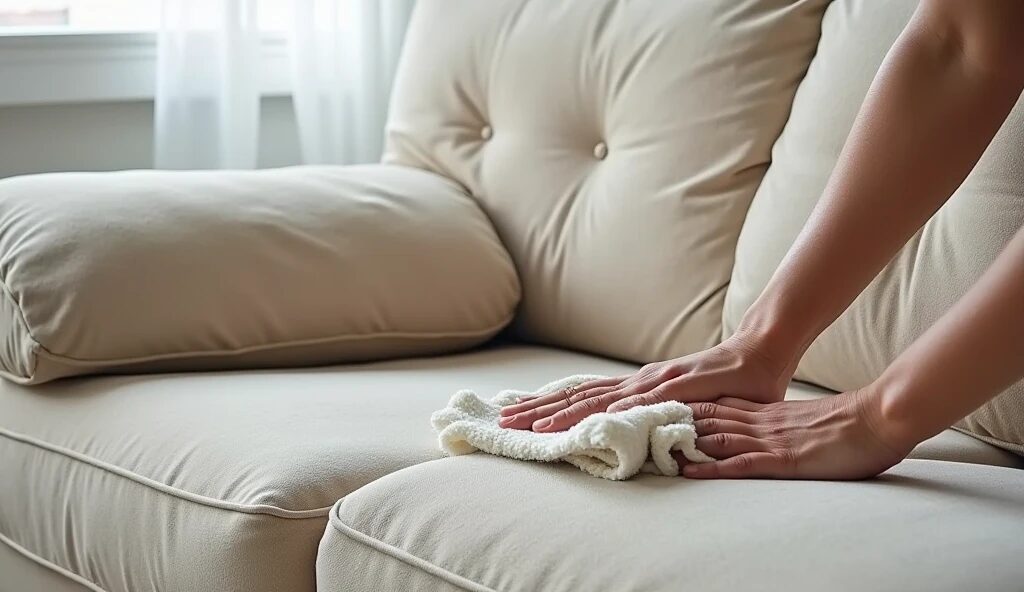
Step 6: Prevent Future Stains and Maintain Your Microsuede Couch
To keep your microsuede couch looking its best, it’s crucial to prevent future stains and maintain the fabric. One effective way to protect your couch is by applying a fabric protector that’s safe for microsuede. This will create a barrier that helps prevent spills and stains from soaking into the fibers.
Additionally, regular vacuuming is key to removing dust and debris before they can cause damage. Avoid eating or drinking on the couch, and use covers or throws if you have pets or children. These simple steps will ensure that your microsuede couch stays clean and protected for years to come.
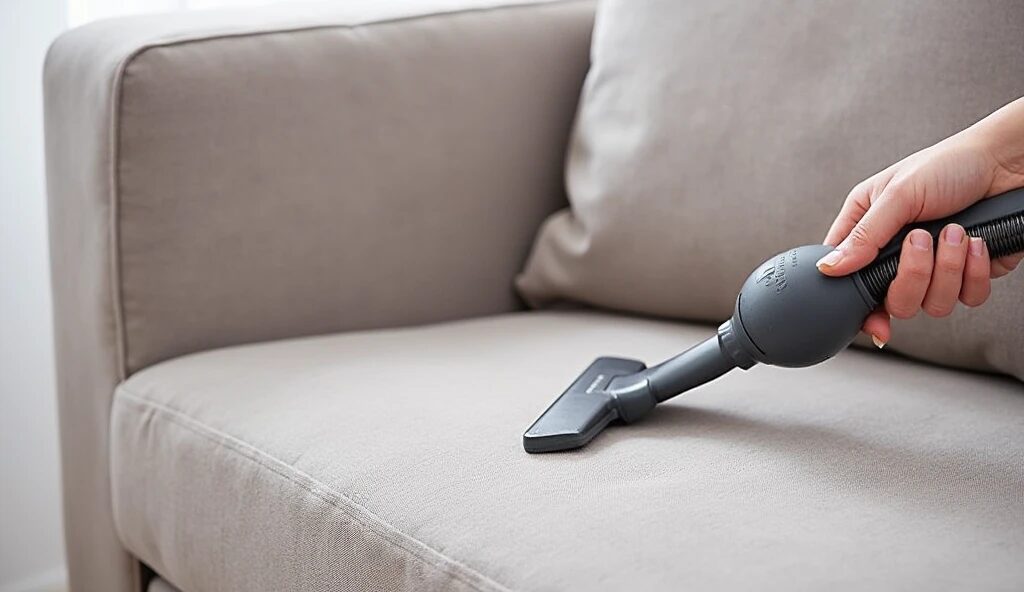
Step 7: When to Call a Professional Cleaner
If your microsuede couch still looks stained or worn after trying the cleaning methods above, it might be time to call a professional. Professional upholstery cleaners have specialized equipment and cleaning products that can remove stubborn stains and restore the fabric’s appearance.
Experts can also handle delicate fabrics like microsuedeHow to Set a Digital Clock with 4 Buttons, ensuring that it’s cleaned without damage. If DIY methods aren’t enough, professional cleaning services can give your couch a fresh, like-new look, making it worth the investment to maintain its longevity.
By trusting the experts, you’ll get peace of mind knowing that your microsuede sofa is in good hands.
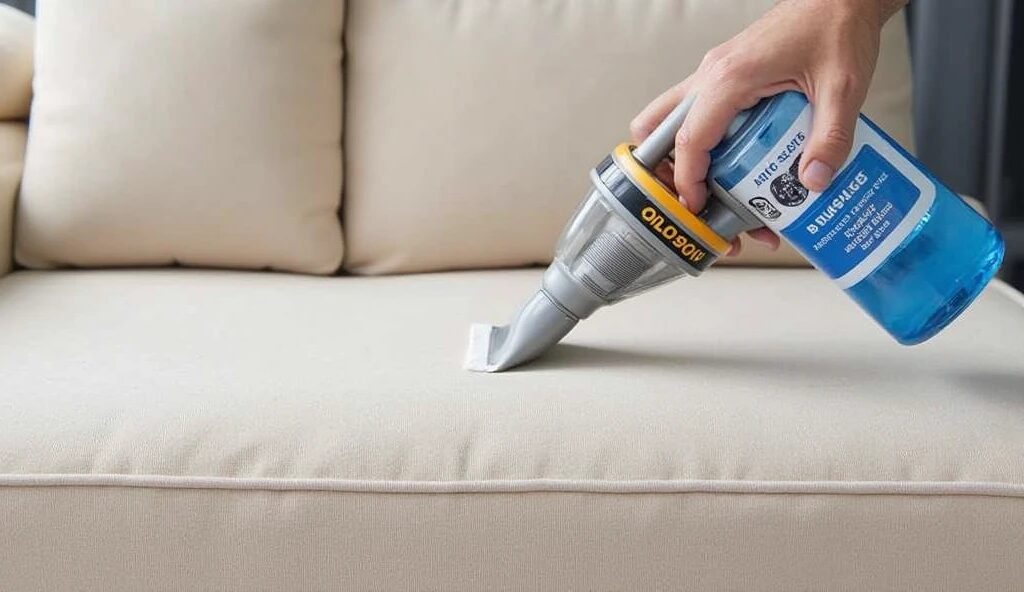
Understanding Microsuede and Its Benefits
Microsuede couches have become a top choice for homeowners due to their durability, luxurious feel, and easy maintenance. Unlike natural suede, microsuede is a synthetic fabric crafted from tightly woven microfibers. This composition not only gives it a velvety texture but also makes it resistant to stains and spills, an ideal choice for busy households.
One of the standout advantages of microsuede furniture is its ability to repel liquid and dirt. Thanks to its dense fibers, most stains remain on the surface, allowing for easier cleaning without extensive effort. Additionally, microsuede couches are hypoallergenic, making them a safe option for individuals with allergies. Their affordability compared to genuine leather or suede is another factor driving their popularity.
Despite its advantages, regular maintenance is crucial to keep a microsuede sofa looking its best. Dust, debris, and minor spills can accumulate over time, dulling its appearance. Therefore, understanding how to clean and maintain your microsuede couch is essential for prolonging its life and preserving its beauty.
By adopting proper cleaning techniques and following best practices, you can keep your microsuede couch soft, vibrant, and spotless. This article provides a step-by-step guide to tackle common cleaning challenges, ensuring your furniture remains as good as new for years to come.

Step 1: Check the Cleaning Instructions
Before diving into cleaning, the first step in caring for your microsuede couch is to locate and read the manufacturer’s cleaning instructions. This is often overlooked but is crucial for preventing damage. Microsuede is not the same as traditional suede, and its cleaning requirements vary based on its specific composition.
Underneath the cushions or along the couch’s base, you’ll usually find a label indicating the recommended cleaning method. These labels typically feature codes such as:
- S – Use solvent-based cleaners only
- W – Use water-based cleaners
- W/S – Safe for both water- and solvent-based cleaners
- X – Vacuum cleaning only, no liquids or solvents
Knowing these codes is essential for determining the safest cleaning approach for your microsuede furniture. Using the wrong method, such as applying water to a couch labeled S, can lead to water rings or discoloration, leaving the fabric worse off than before.
If your couch label allows for water-based cleaning, you can proceed with confidence using mild soap or water. On the other hand, if solvent-based cleaners are required, ensure you have the appropriate product on hand. For couches marked with X, stick to vacuuming to remove dust and debris.
Taking the time to understand these instructions ensures you’re treating your microsuede sofa correctly, avoiding unnecessary wear and tear. This step lays the foundation for effective and safe cleaning, protecting your investment in the long run.
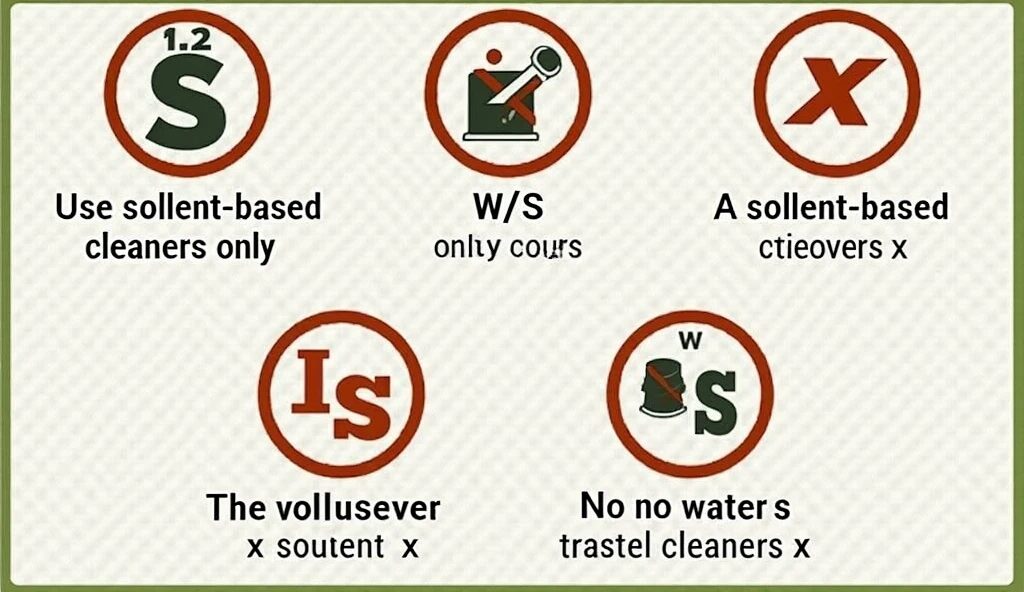
Step 2: Start with a Thorough Vacuuming
Before applying any cleaning solution, the first hands-on step in cleaning your microsuede couch is a thorough vacuuming. This is essential to remove surface debris, dust, and pet hair that might be stuck to the fabric. By eliminating loose particles, you prevent them from spreading or embedding deeper into the fibers during the cleaning process.
Use a vacuum cleaner with an upholstery attachment for the best results. The soft brush attachment is particularly effective, as it gently lifts dirt without damaging the delicate microsuede fabric. For hard-to-reach areas, such as between cushions or crevices, a crevice tool can help remove stubborn particles.
Vacuuming also helps fluff the fabric, making it look fresher even before deeper cleaning begins. Regular vacuuming as part of routine maintenance not only prolongs the life of your microsuede sofa but also reduces allergens like dust mites, ensuring a cleaner and healthier environment.
By starting with vacuuming, you set the stage for more effective stain removal. Once the surface is clean and debris-free, you can proceed to treat any visible spots or spills using the appropriate method outlined by your couch’s care label.

Step 3: Address Light Stains with Soap and Water
For couches labeled W or W/S, tackling light stains with soap and water is a simple yet effective method to keep your microsuede furniture looking pristine. This step is particularly effective for fresh spills or minor soiling.
Begin by mixing a small amount of mild detergent with warm water to create a soapy solution. Avoid using harsh chemicals or excessive soap, as they can leave residue on the fabric. Dampen a clean, white cloth or sponge in the solution—ensure it’s not soaking wet to prevent oversaturating the fabric.
Gently dab the stained area, avoiding scrubbing, as this can damage the microsuede’s delicate fibers. The goal is to lift the stain without spreading it further. If the stain persists, repeat the process with a slightly stronger soap solution.
One of the benefits of microsuede sofas is their resistance to absorbing liquids, meaning most stains remain on the surface. This makes cleaning with soap and water highly effective for light stains. However, always test your cleaning solution on an inconspicuous area first to ensure it doesn’t cause discoloration.
Once you’ve removed the stain, use a dry cloth to blot away excess moisture and allow the area to air dry. Avoid sitting on or using the couch until it’s fully dry to prevent re-soiling.
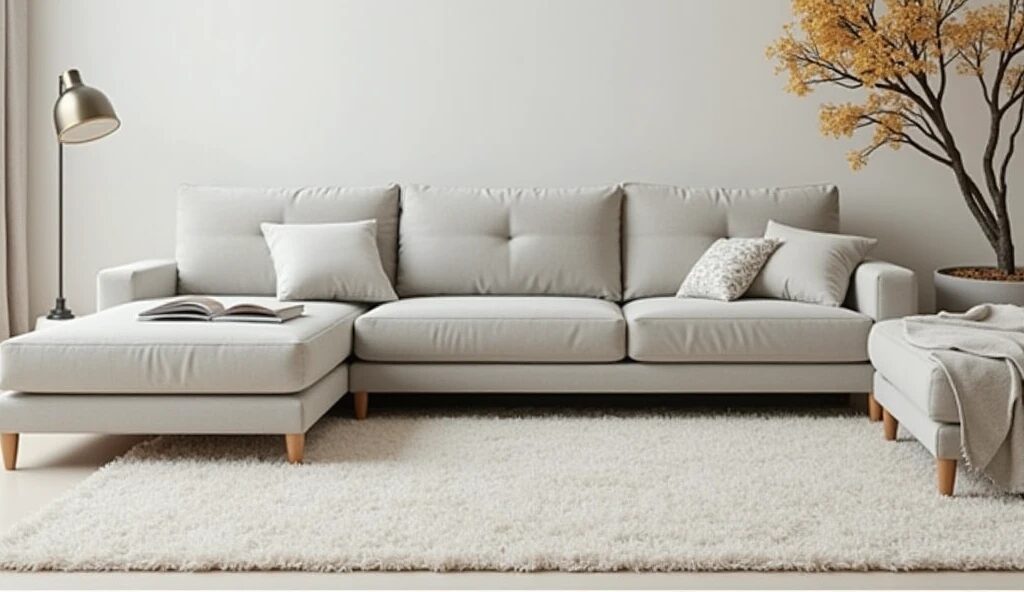
Step 4: Use Solvents for Stubborn Stains
If light cleaning methods like soap and water haven’t completely removed the stain, it may be time to use solvents for a deeper clean. For microsuede couches that have been labeled with “S” or “W/S,” solvent-based cleaners can be used safely to target tougher stains and odors. These specialized cleaning agents are designed to break down oils, grease, and other more persistent marks that water alone cannot address.
Start by choosing a solvent-based cleaner specifically formulated for microsuede or other upholstery fabrics. Rubbing alcohol is a popular and effective alternative, as it can gently break down stains without damaging the material. Mix a small amount of rubbing alcohol with water to create a diluted solution.
Use a clean, soft cloth or sponge to apply the solution to the affected area. Gently blot the stain, avoiding any scrubbing. Once the stain begins to lift, use a separate dry cloth to blot away the moisture. Repeat the process until the stain is gone.
Keep in mind that solvents can be potent, so always test the solution on an inconspicuous part of the couch first. This ensures that the cleaner won’t cause any color fading or fabric damage. For heavily soiled areas, you may also opt for a store-bought solvent cleaner designed for microsuede, following the manufacturer’s instructions carefully.
Once you’ve successfully removed the stain, use a vacuum or a soft brush to fluff the fabric. This will restore the microsuede’s texture and prevent it from becoming flat or matted.
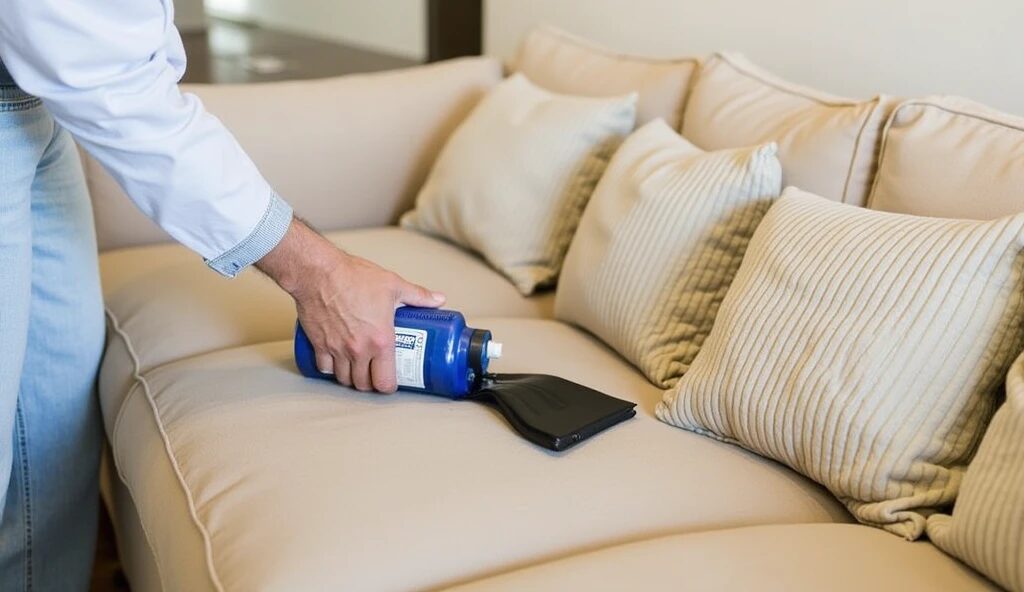
Step 5: Drying and Fluffing Your Microsuede Couch
After cleaning your microsuede couch, it’s important to dry it properly to avoid mold, mildew, or any lasting damp smells. While air drying is the most natural method, speeding up the process can be done with a fan or hairdryer set to cool.
First, allow your couch to air dry naturally in a well-ventilated room. Avoid placing it in direct sunlight or using a heater, as excessive heat can damage the fabric and alter its color. If you’re using a fan, direct it towards the cleaned areas for quicker drying.
Once your couch is dry to the touch, the next step is to restore the fabric’s softness and texture. The best way to do this is by gently brushing the microsuede fabric with a soft-bristled brush. This action helps lift the fibers, preventing the fabric from looking flat or stiff.
Alternatively, you can use a vacuum cleaner with an upholstery attachment to further lift the fibers and remove any remaining dust or particles. This final touch will ensure your microsuede sofa looks fresh and feels as soft as it did before cleaning.
Drying and fluffing are crucial steps in the cleaning process to maintain the quality and appearance of your couch. Skipping these steps may result in a dull or rough texture that detracts from the overall look and feel of the furniture.

FAQs About Cleaning a Microsuede Couch
1. Can I use steam cleaning for a microsuede couch?
No, steam cleaning is not recommended for microsuede as the high heat and moisture can damage the fabric. Always follow the care label instructions.
2. What household items can I use to clean a microsuede couch?
You can use white vinegar, baking soda, or rubbing alcohol for light stains. Always test these in an inconspicuous area first to ensure they don’t damage the fabric.
3. How often should I clean my microsuede couch?
Vacuum your couch weekly to prevent dirt buildup and deep clean it every 3–6 months, depending on usage.
4. What’s the best way to prevent stains on a microsuede couch?
Applying a fabric protector spray designed for microsuede can help create a barrier against spills and stains.
5. Can pet hair damage my microsuede couch?
While pet hair itself won’t damage microsuede, the oils from pets can. Regular vacuuming and using pet covers will help maintain the fabric.
6. How do I remove a grease stain from microsuede?
Use a solvent-based cleaner or rubbing alcohol to blot the grease stain gently. Avoid using water, as it might set the stain further.
7. Is it safe to use baby wipes for spot cleaning?
Baby wipes are not recommended as they may leave residue or discolor the fabric. Stick to approved cleaning solutions or DIY options like diluted vinegar.
8. What if my microsuede couch starts to smell?
Sprinkle baking soda over the couch, let it sit for 15–20 minutes, and vacuum it off. This helps neutralize odors without harming the fabric.
9. Can I wash microsuede cushion covers in a washing machine?
Only if the label specifies that the covers are machine washable. Otherwise, hand cleaning or professional cleaning is safer.
10. How do I handle water rings on microsuede?
Dampen the entire area lightly and blot it evenly to blend the water stain. Avoid oversaturating the fabric.

